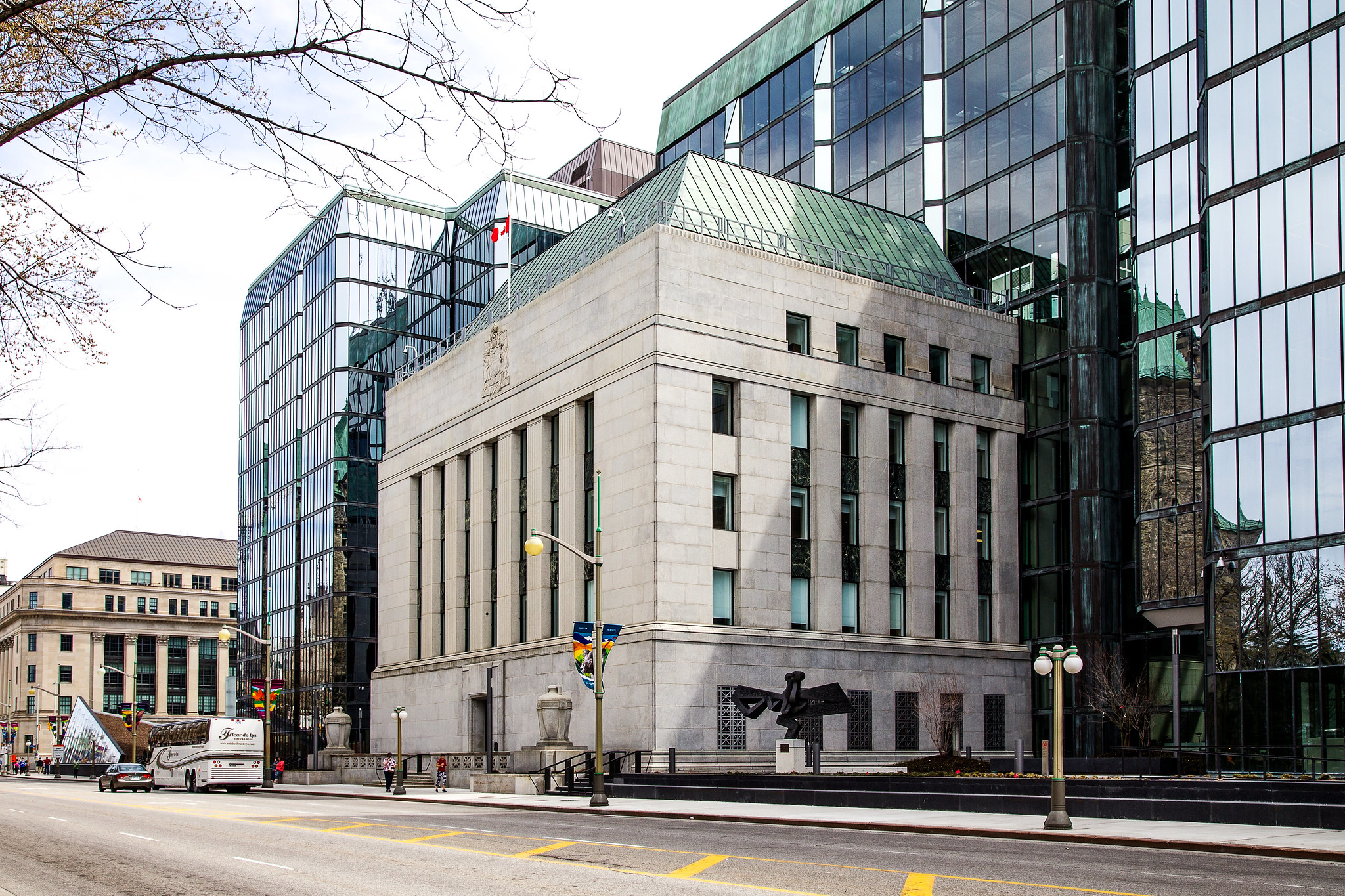At This Rate: the Post-Pandemic Canadian Housing Market

In the 2009 financial crisis, Canada was one of the few relatively unaffected countries. With strong economic recovery, its banking policy was an example to look up to. Now, 13 years later, housing prices are dropping after years of continuous growth. Low interest rates and an increasing number of mortgages have resulted in household debt being 185 per cent greater than disposable income. Compared to Canada, the US has around a 1:1 ratio of household debt representing disposable income. Since 2007, Canadian house prices have increased by 200 per cent compared to 61 per cent in the US. As seen in the US during the 2009 crisis, the amassing of debt worsens the crash of housing bubbles and recessions. As a result, this disproportionate debt causes unemployment, rising interest rates, and dropping house prices. The current housing market conditions are worse than the previous crises in the 1980s and in 2009; in fact, they are the worst ever in Canada.
Two major economic events are relevant to contextualizing the state of today’s housing market. During the 1980s, speculation drove up Toronto condo prices. Speculators, different from investors, focus on buying high-risk but potentially highly lucrative assets over a short timeframe. Investors focus on calculated profitable assets over a longer time frame. In the 1980s housing crash, prices collapsed while inflation rose. In response, interest rates rose, sales dropped, and the housing market crashed. The 2009 financial crisis emerged differently but had a similarly drastic impact on the housing market. Easy access to credit in the United States meant people experiencing financial hardship had mortgages they could not pay. This all-around increase in loans allowed more people to own houses. At the same time, banks had the routine practice of grouping and selling loans, including these high-risk loans, to investors. Increased demand drove up home prices so much that even when the borrower could not pay their mortgage, banks could profit on the foreclosure. Eventually, when house sales slowed, this practice collapsed.
This time around, during the COVID-19 pandemic and economic shutdown, young Canadians were the primary demographic purchasing homes. In July 2020, the Bank of Canada set historically low-interest rates of 0.25 per cent. This rate stimulated the housing market, driving up the prices of suburban houses in particular. Current market conditions see Toronto as the most expensive city in Canada. In Ontario, 69 per cent of renters are hopeful prospective homeowners, but 82 per cent indicate higher mortgage rates as a significant barrier to their goals. One factor affecting market conditions is increased demand. Since 2016, Canada’s population has grown by 25 per cent, above the OECD average. More Canadians live alone and have smaller families, resulting in an annual increase of around 30,000 to the number of households. There has also been a rise in purchases by speculators and vacation homeowners. Across Ontario, one in six homeowners has two or more properties. Furthermore, mortgage debt increased by an unprecedented 190 billion dollars in 2021. In 2019, new mortgage debt was less than half of this amount. Such debt is undoubtedly risky.

“Bank of Canada Head Office” by Bank of Canada – Banque du Canada is licensed under CC by 2.0.
Today’s market is plagued by record-high prices during the pandemic, multiple rounds of interest rate increases, and a quickly growing inflation rate. From July to September, the percentage of household income to cover home ownership costs was 62.7 per cent across Canada and 85.2 per cent in Toronto. Compared to a year ago, affordability dropped by 14.5 percentage points. Households now need to earn 20 per cent more to afford a home. However, the reality is that incomes are not keeping pace with costs. The median household income for 2021 was 84,000 dollars across Toronto and Canada. These factors contributed to a continuous drop in national house prices by 11.5 per cent from their peak in February to November last year. The prices alongside high-interest rates, however, mean houses remain unaffordable. At the same time, the Bank of Canada raised the overnight rate from 0.25 per cent in March to 4.25 per cent in December. Any changes in the overnight rate, set by the Bank of Canada, correspondingly influence commercial banks’ interest rates. This rise in rates is the fastest in over four decades. Such increases are a growing financial strain for variable-rate mortgage holders, whose payments are affected by interest rate changes. Data from August of last year indicated 44 per cent of new, renewed, or refinanced mortgages were variable-rate, compared to fixed-rate.
On the supply side, November 2022 saw the second-lowest number of monthly new listings in 17 years. The country is on track to build 2.3 million units by 2030. However, 3.5 million more is needed to ensure affordable homes. According to Canada Mortgage & Housing Corp. (CMHC), this is due to insufficient construction labour supply alongside the slow bureaucratic nature involved in approving construction projects. Two-thirds of the unmet housing demand is in Ontario and British Columbia. CMHC Deputy Chief Economist noted that “[t]here are supply issues, labour shortages at the moment and the cost of financing is going up, so clearly there are short-term challenges.” BMO economist Robert Kavcic further shared that the “jobless rate in construction is near a record low […] we have a deep shortage of skilled trades, and the cost of building materials is already rising quickly.” Looking at the upcoming decade, he cautioned, building double the number of new homes risks higher levels of inflation. 
House in Stratford, Ontario. “Stratford Ontario ~ Canada ~ Architecture Heritage ~ Gothic” by Onasill – Bill Badzo is licensed under CC BY-NC-SA 2.0.
Since the housing market usually slows down in winter, the severity of the market will be more evident as the spring season emerges. Since the 2008 financial crisis, more stringent requirements for banks have been implemented. Canada also implemented a stress test, ensuring borrowers can afford increased interest rates. As the most popular mortgage term is five years, the test alongside higher incomes since homeowners purchased their homes five years ago, means that any mortgage renewals now are not expected to become a severe issue.
As for supply, the CMHC reports that simply increasing supply will not be enough to achieve housing affordability. An intertwined problem, policy is needed to address current gaps in the system which affect the most vulnerable populations. Economists predict that Canada will enter a shallow recession in the first half of next year. By the spring, RBC expects the benchmark price to fall 14 per cent from its peak — compared to 33 per cent in the US during the 2008 crisis. Once rising interest rates pause and as household income levels increases, affordability will begin to improve. However, banks and economists anticipate that it will still be years before we return to the level of affordability before 2021.
Edited by Devanshi Bhangle.
Featured image: Aerial photo of a neighbourhood. “Top-view photography of houses at daytime photo” by Tom Rumble is licensed under the Unsplash License.
